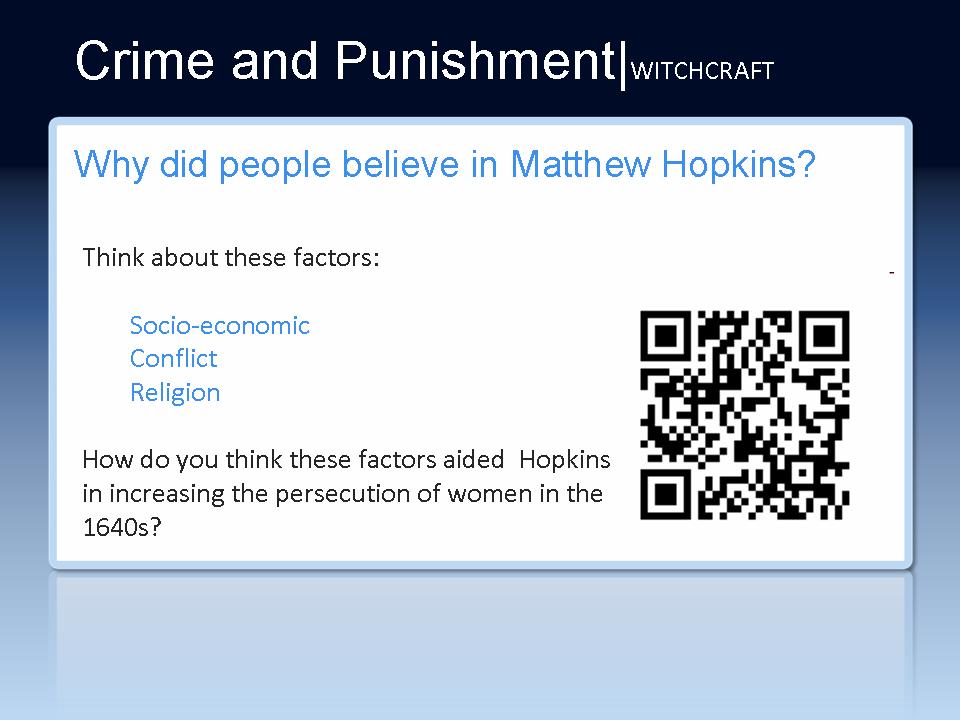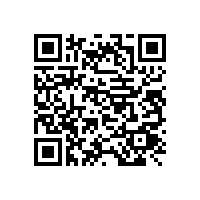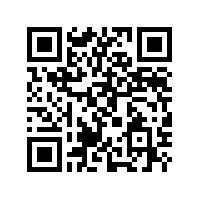CPD can be horrendous, both for the audience and the person at the front. Some teachers seem determined to totally resent it, probably due to bad experiences in the past, but schools must still provide five days of stimulating training a year. This is where the problems begin: what professional development to you offer and how do you engage most of your audience?

The TEEP (Teacher Effectiveness Enhancement Programme)Trainers Conference in York set out to explore some possible solutions to this issue and outline several models that provided creative solutions to CPD. Below I have outlined five approaches that came from the day. I am not in favour of any particular model, but wanted to start a debate on alternative ways to look at teacher training (look forward to reading your comments).
MODEL 1 – Lead Practitioner (SSAT)
TEEP needed to expand and so it has just been taken on by the SSAT (Specialist Schools & Academies Trust). They opened the conference with an intriguing and exciting proposal: aligning TEEP with the Lead Practitioner Accreditation. This is an online self-assessment tool that allows teachers to move through four stages of development, leading them from good individual practice through to being able to lead others in their development. As each of the criteria are meant, the teacher ticks the box and uploads evidence to support the statement. The accreditation comes after the fourth stage, where the portfolio that has been created is externally assessed and feedback given. The process demands real CPD, with teachers having to back to the tool at regular intervals, moving through the stages and finding evidence. The reward for a quality portfolio is Lead Practitioner status (not automatically given) and membership to a network of other people in the same position (see website for details).
Schools have used this approach to their advantage. Take Lodge Park Technology College, who have created a CPD package that contains Lead Practitioner Accreditation. Staff who achieve the award go on to lead learning and teaching in their faculty, or take on whole school projects – their recruitment page makes interesting reading. At All Hallows Catholic Collegethey have used TEEP and Lead Practitioner status extensively and senior leaders say that it has improved the CVA and the number of good/outstanding lessons. The result has been that the school has shifted from ‘special measures’ in 2006 to a much healthier position now – see the Ofsted reports for details. Both schools have seen massive benefits to introducing a more sustained model of CPD and reaped the benefits in terms of outcomes.
MODEL 2 – Taster and Twilight (Hartlepool)
People can quite cunning and two teachers form Manor Collegeshowed just how much with their approach to lure teachers into CPD. They set themselves an ambitious aim: to create meaningful CPD, but also to engage people with the process. Firstly, they created an exciting and rigorous PD day that served as a taster for the CPD that was to follow. It involved activities about group work and staff creating presentations about the key ideas behind their programme (in this case TEEP). At the end of the day, all staff were given the opportunity to take on a TEEP Level 1 qualification to further explore the strands raised on the taster day, to be delivered in five twilight sessions of two hours each (a fairly big commitment).
There was no shortage of takers and group started to run. The trainers made sure that the twilights were a real ‘experience’ hitting the participants visually and emotionally, making it fun as well as intellectually demanding; they even drafted in a small army of students to evaluate some of the work the group created. The whole process created a buzz around school, as did the quality of the teaching now coming from this pioneer group. The result was a clamour from other staff demanding twilight training and to be part of this approach. The key to its success are engaging staff and making want this training, both through the taster day and twilight sessions, and providing a qualification at the end (something to aim at over a substantial amount of time). There is a wealth of research to back up why these kind of projects have such impact, but probably the most accessible is Daniel Pink’s book ‘Drive’.
MODEL 3 – 2+1+2 = More than 5
It is hard enough to entertain people on a PD Day, but what if your ambitions stretch a little further. One trainer, Cath, was given the task of engaging a whole school staff in teaching and learning over the course of five PD Days. She decided to use TEEP level 1 as a framework, but adapted aspects of it to fit the context of the school. She took the first two days back-to-back in early July 2009 and used them to enthuse the staff in the process of creative teaching and learning. The days were high on engagement and group work, but ended with a lesson planning challenge that left people with something to try out in their lessons after the course ended. They were encouraged to collect artefacts that illustrated their experiments in the classroom.
Three months and a few gentle reminders later, the staff were back for Day 3. Experiences were shared and more flesh was put on the bones of what an engaging and creative classroom might look like in that school. They discussed PEEL procedures and thinking skills as a way to increase challenge and set themselves a challenge before Day 4.
After another gap, the group convened for Day 4 and 5 and shared experiences before analysing lessons plans created by teachers from other schools. This provided a distance so that constructive criticism could take place and this could be related to good practice within the room. The final sessions focused on the wider actions of teachers and learners and how this affects the classroom. Like all good units, the course ended with a creative task.
The advantages of this approach were, according to Cath, how it encouraged greater creativity and built in specific points of reflection and also how it created more group identity with everyone wanting to find out about the ideas of others. This is a key point, how many schools actually build reflection into their PD programme? After a successful day on a ‘school priority’ how to schools organise feedback and evaluation? Having a coherent course that runs over all PD Days in a year means that you can achieve this. There is the possibility that some of the key threads might get a little disjointed with this method, but it has to be better for the teacher than trying to make sense five separate days. The whole approach is about making sense of things: shared courses, shared language for learning, shared responsibility. Even though the course lasted 5 Days, the learning and impact happened in between as well and made the programme more than the sum of its parts.
MODEL 4 – Viral CPD (Hull)
Hull was one of the first authorities to grasp the power of having a single training programme to offer all teachers that come to work in the city. They have offered a coherent programme to all staff that is engaging and carries a qualification (TEEP Level 1). This is accepted by all schools and all teachers know that it is on offer. This means they can offer greater incentives when trying to recruit; and the same package is offered to all (GTPs, teachers in Secondary, Diploma tutors, etc).
The package offered is absolutely voluntary, but has attracted a wide acceptance because it has gone viral. Word of mouth and positive lesson observations have attracted the attention of senior leaders and other teachers. Where individuals have expressed an interest they have been placed in groups with people from other schools and begun to collaborate. What is even more impressive is that many of the training days take place in school holidays, but the perceived impact of good quality training has attracted the numbers anyway. There are mild incentives (overnight stays, meals, etc), but the improvement of practice seems to be the top motivator, that and the additional reward of points towards a masters.
Where senior leaders have taken on the challenge, the training programme has moved to a whole school model, similar to the one outlined above. For those schools with an Ofsted rating satisfactory or lower there is additional support.
MODEL 5 – Saturday Morning Fever (Sunderland)
This was similar to some of the ideas outlined above: a series of seven morning sessions for three hours each. The end result was a qualification in teaching and learning. It was offered to a number of schools in close proximity and was absolutely voluntary. It raised standards and creativity, just as in the 2+1+2 model and allowed for practical application between sessions. As noted above, it was amazing to see just how many people were willing to adopt this approach, willing to give up Saturday mornings to further their understanding of teaching and learning and be recognised for it. The aim benefit of this model was the amount of fun that generated – all attendees had chosen to be there and the weekend time slot brought a weekend atmosphere.
CONCLUSION
CPD seems to have more impact when people buy into it. If we can’t run it on a voluntary basis, then we need to make it coherent and long lasting. Senior Leaders need a long-term vision of where they want to go and plan a holistic course that will get them there. The idea of a qualification attracts some, but the prime motivator seems to be ‘getting better’ at teaching and moving on. If staff are given a reason to do something and a clear path through all the evidence suggests that they will give up time to achieve a goal. Above all though, the message comes through that CPD needs to be high quality and engaging – you have to admire schools like Lodge Park who have taken this into their own hands and ensured that this year’s CPD creates the Practitioners to deliver it for the following 12 months. Some serious (re)thinking needs to be done.
[relatedPosts title=”Related Posts: ” num_to_display=”4″]




